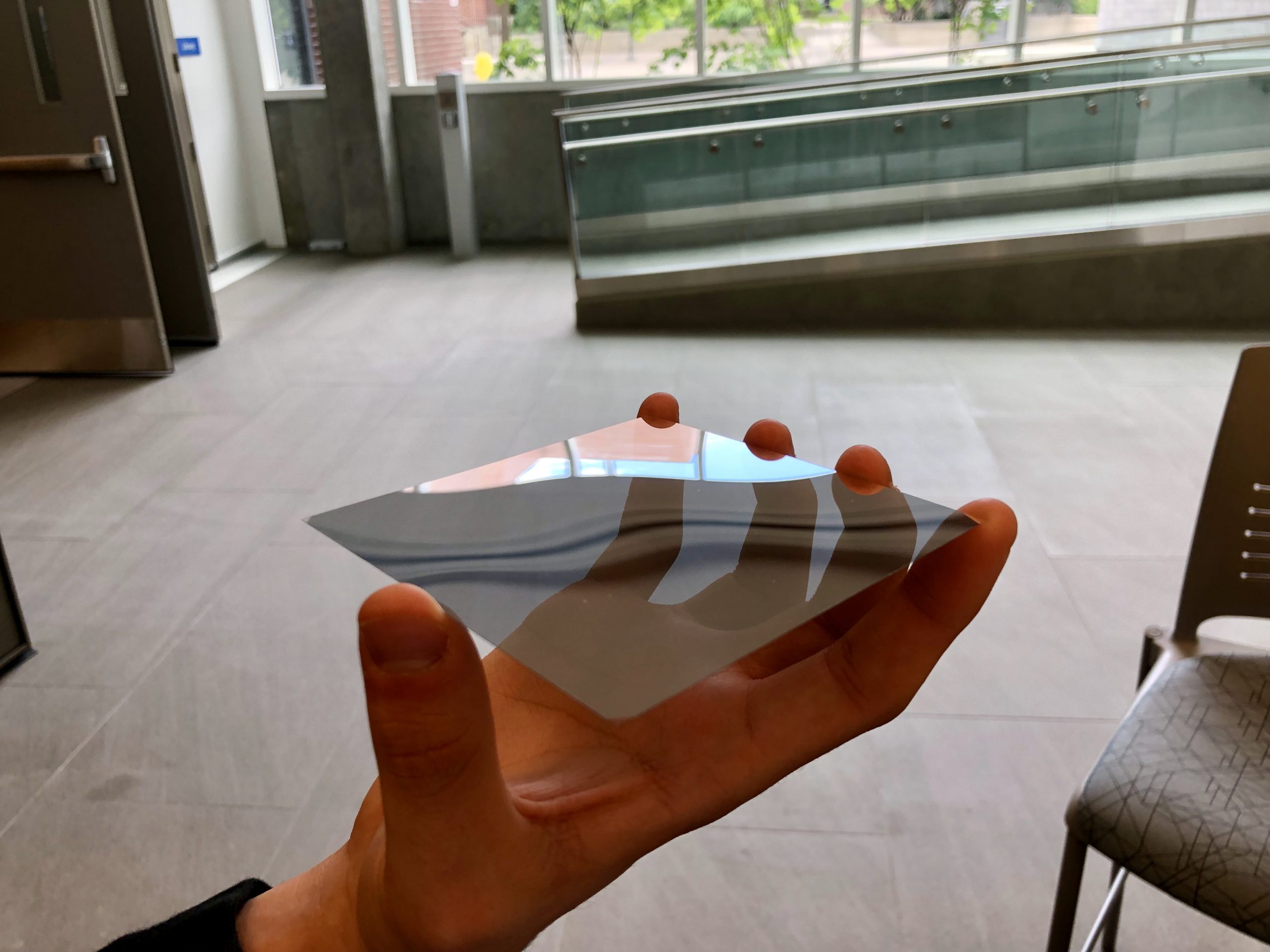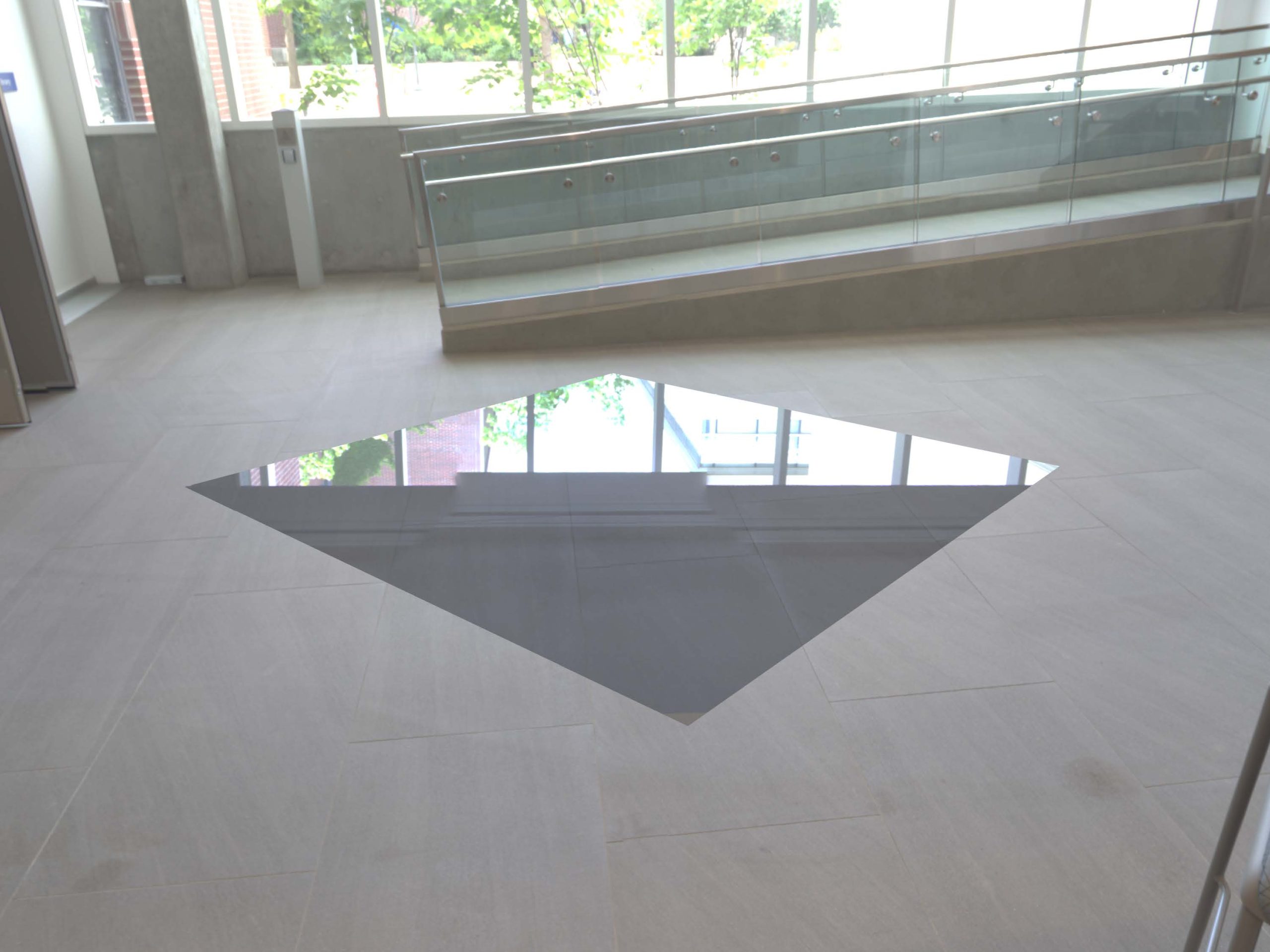“Visualization Of Ultra-Thin Semi-Transparent Metallic Films By Wave Simulations And Ray-Tracing Rendering” by Loi and Chau
Conference:
Type(s):
Entry Number: 51
Title:
- Visualization Of Ultra-Thin Semi-Transparent Metallic Films By Wave Simulations And Ray-Tracing Rendering
Presenter(s)/Author(s):
Abstract:
INTRODUCTION
Plasmonic color generation describes structural color arising from resonant interaction between visible light and metallic nanostructures, causing selective frequencies of light to be scattered and/or absorbed [Kristensen et al. 2017; Sun and Xia 2003]. The perceived color from such metallic nanostructures is highly dependent on viewing angle and the color appearance can change with color of the viewing background. Plasmonic color generation is a rapidly emerging research area with potential advantages over conventional pigment printing technology including higher printing resolution and robustness, greater compatibility for integration and functionalization, and reduced resource requirements [Mudachathi and Tanaka 2017; Zhu et al. 2017]. Structural color from plasmonic nanostructures has already been used to improve security measures in currency notes and credit cards [Lee et al. 2018].
Achieving desired structural coloration using nanostructures requires bottom-up design in which the electromagnetic properties of nanostructures are simulated and then extrapolated to model their visual appearance. Computer graphics technology can be used to provide visualization of the optical properties of nanostructures on large scales [Auzinger et al. 2018; Musbach et al. 2013; Zhu et al. 2009]. In this work, we propose to use finite-difference time domain (FDTD) simulations to model electromagnetic interaction of visible light with nanostructures and create physical-based material models to visualize their appearance by ray-tracing rendering.
References:
- Thomas Auzinger, Wolfgang Heidrich, and Bernd Bickel. 2018. Computational design of nanostructural color for additive manufacturing. ACM Transactions on Graphics (TOG) 37, 4 (2018), 159.
- Adrian Ford and Alan Roberts. 1998. Colour space conversions. Westminster University, London 1998 (1998), 1–31.
- Anders Kristensen, Joel KW Yang, Sergey I Bozhevolnyi, Stephan Link, Peter Nordlander, Naomi J Halas, and N Asger Mortensen. 2017. Plasmonic colour generation. Nature Reviews Materials 2, 1 (2017), 16088.
- Taejun Lee, Jaehyuck Jang, Heonyeong Jeong, and Junsuk Rho. 2018. Plasmonic-and dielectric-based structural coloring: from fundamentals to practical applications. Nano Convergence 5, 1 (2018), 1.
- Renilkumar Mudachathi and Takuo Tanaka. 2017. Up scalable full colour plasmonic pixels with controllable Hue, brightness and saturation. Scientific reports 7, 1 (2017), 1199.
- A Musbach, GW Meyer, F Reitich, and SH Oh. 2013. Full wave modelling of light propagation and reflection. In Computer Graphics Forum, Vol. 32. Wiley Online Library, 24–37.
- Christophe Schlick. 1994. An inexpensive BRDF model for physically-based rendering. In Computer graphics forum, Vol. 13. Wiley Online Library, 233–246.
- Yugang Sun and Younan Xia. 2003. Gold and silver nanoparticles: a class of chromophores with colors tunable in the range from 400 to 750 nm. Analyst 128, 6 (2003), 686–691.
- Y-P Zhao, Irene Wu, C-F Cheng, Ueyn Block, G-C Wang, and T-M Lu. 1998. Characterization of random rough surfaces by in-plane light scattering. Journal of applied physics 84, 5 (1998), 2571–2582.
- Dong Zhu, Shuichi Kinoshita, Dongsheng Cai, and James B Cole. 2009. Investigation of structural colors in Morpho butterflies using the nonstandard-finite-difference timedomain method: Effects of alternately stacked shelves and ridge density. Physical Review E 80, 5 (2009), 051924.
- Xiaolong Zhu, Wei Yan, Uriel Levy, N Asger Mortensen, and Anders Kristensen. 2017. Resonant laser printing of structural colors on high-index dielectric metasurfaces. Science advances 3, 5 (2017), e1602487.





